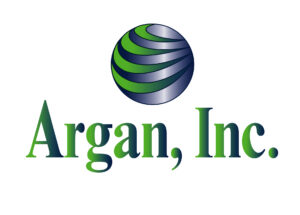- The average price target for Dollar Tree, Inc. (NASDAQ: DLTR) has increased, indicating positive short-term sentiment among analysts.
- Market sentiment is optimistic with a notable price target set by Barclays analyst, despite challenges such as inflation and supply chain issues.
- Dollar Tree’s upcoming earnings report and the divestiture of Family Dollar are key factors that could influence its financial performance and growth potential.
Dollar Tree, Inc. (NASDAQ: DLTR) is a prominent player in the discount retail sector, operating over 8,000 stores under its Dollar Tree and Family Dollar brands. The Dollar Tree segment offers products at a fixed price of $1.25, while Family Dollar provides a broader range of general merchandise. The company competes with other discount retailers like Dollar General and Five Below.
The consensus price target for Dollar Tree’s stock has shown some fluctuations. The average price target increased from $85.50 last quarter to $90.33 last month, indicating a positive short-term sentiment among analysts. However, the current target is lower than last year’s $94.88, suggesting tempered expectations over the past year.
Market sentiment appears optimistic in the short term, as highlighted by Barclays analyst Karen Short, who set a price target of $140 for Dollar Tree. This suggests confidence in the company’s potential, despite challenges such as inflation and supply chain issues. The upcoming earnings report on June 4, 2025, will be crucial in shaping future expectations.
Dollar Tree faces potential risks as it approaches its earnings announcement, with analysts projecting earnings of $1.19 per share on revenue of $4.53 billion. This forecast indicates a 13% decline in earnings and a significant 41% drop in sales compared to the previous year. However, gains from store optimization and supply chain improvements may offset some negative impacts.
Despite mixed Q4 earnings and underperformance due to Family Dollar, Dollar Tree maintains growth potential. The divestiture of Family Dollar for over $1 billion is expected to enhance profitability and reduce operating costs. The company plans to expand its Multi-Price Strategy, aiming to increase its customer base and mitigate tariff effects.




